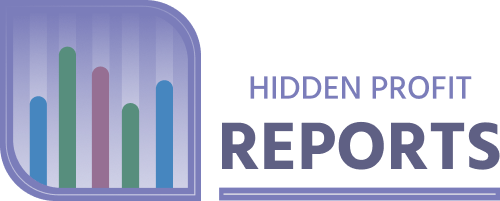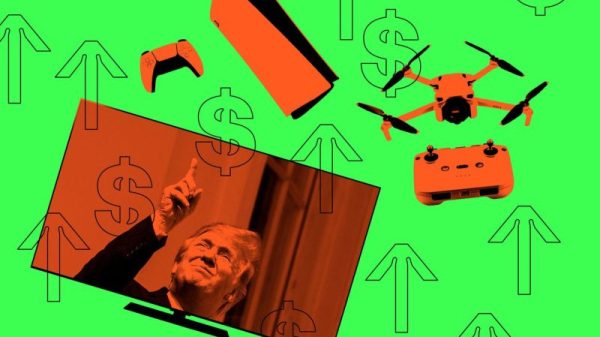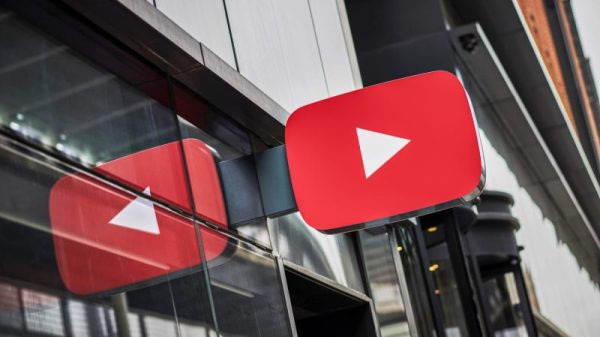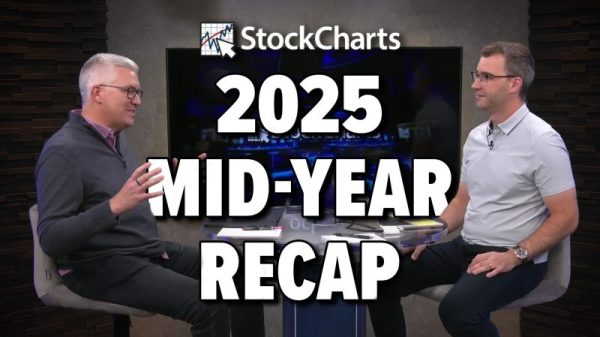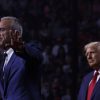American consumers haven’t felt this good about the direction of the economy in years.
That may signal the end of what some had come to call a ‘vibes-cession,’ where, despite decades-low unemployment and falling inflation, something still felt a bit off about the economy.
First, the monthly University of Michigan survey of U.S. consumers’ sentiment jumped 13% in January to reach its highest level since July 2021 — with the cumulative two-month gain of 29% figuring as the largest-consecutive increase since 1991, when a recession was ending.
And the New York Federal Reserve’s survey of consumer finances for December, published earlier this month, showed that perceptions of households’ current financial situations improved, with fewer respondents reporting being worse off than a year ago.
Views on the state of the economy remain deeply polarized based on political party. While Democrats scored their current economic conditions at 106.5 in the University of Michigan survey — which was among the highest ratings recorded — Republicans gave it a score of 61.9; independents came in at 77.2.
And at 78.8, the overall rating of the economy remains well below the scores seen just prior to the pandemic.
But sentiment is now just 7% shy of the historical average of 1978, the Michigan survey reveals. And the most recent scoring showed Democrats and Republicans alike expressing their most favorable readings since the summer of 2021.
Analysts say the upward trend in sentiment is now unmistakeable.
‘With confidence rebounding and inflation expectations falling, this is another sign that the economy is on track for a soft landing,’ Andrew Hunter, deputy chief U.S. economist at Capital Economics research group, wrote in a note to clients after the consumer sentiment survey was published Friday.
Driving the upward trend in sentiment has been the ongoing strength in the labor market alongside easing concerns about inflation. The Department of Labor reported Thursday that weekly initial unemployment claims had fallen to 187,000 — the lowest level since September 2022. The unemployment rate, at 3.7%, is at pre-pandemic levels.
The New York Fed’s survey showed the strength is likely to continue. Evidence of that can be found in the mean probability of the U.S. unemployment rate ticking higher one year from now; the survey showed that probability decreasing by 1.4 percentage points to 37.0%.
And the mean perceived probability of losing one’s job in the next 12 months decreased by 0.2 percentage points to 13.4%.
As for inflation, the Bureau of Labor Statistics reported last week that price growth continues to slow — and the sentiment survey releases showed U.S. consumers expect the trend to continue. Median inflation expectations for the next 12 months reached the lowest level recorded since January 2021, the New York Fed said.
Joe Brusuelas, chief economist at the RSM consulting firm, said consumers are finding falling prices at the gas pump and grocery aisle and responding accordingly.
‘As we continue to see disinflation work through the economy, what that means is real wages will improve,’ Brusuelas said. ‘And as real wages improve, sentiment will shift, and you’re seeing that.’
Elements of the economy remain fundamentally changed — and in some cases, worse off — compared to the pre-pandemic period. Even though price growth is slowing, price levels remain well above 2019 levels. A significant factor driving ongoing inflation has been overall labor force participation having shrunk dramatically, from a high of 63.3% in the winter of 2019-2020 to the current level of 62.5%. That’s the equivalent of millions of U.S. residents having left the workforce and has resulted in higher wages that have raised the price of goods and services alike.
Until recently, inflation growth outpaced even this brisk wage growth. And the New York Fed’s survey showed earnings expectations actually fell last month to the lowest reading since April 2021.
Like the University of Michigan survey, the New York Fed’s report shows deep cleavages on views of the economy depending on demographics. The decline in earnings expectations was led by individuals with at most a high school diploma; for those with a college degree, earnings expectations were unchanged. Likewise, job insecurity has surged among those with at most a high school diploma, but remains subdued for those with at least some college and college graduates.
Mark Zandi, chief economist at Moody’s, said political divisions are proving the main driver of disagreement about what is otherwise an economy whose trend lines seem to all be pointing in the right direction.
‘Inflation is moderating, stocks are at record highs, housing prices are at record highs, interest rates are poised to starting rolling over,’ Zandi said.
While debt service levels are more variable depending on socioeconomic status, he added, ‘the typical American can take a look around and say this is a good — unusually good — economy. You’ve almost got to pinch yourself — hopefully it stays like this awhile longer.’
